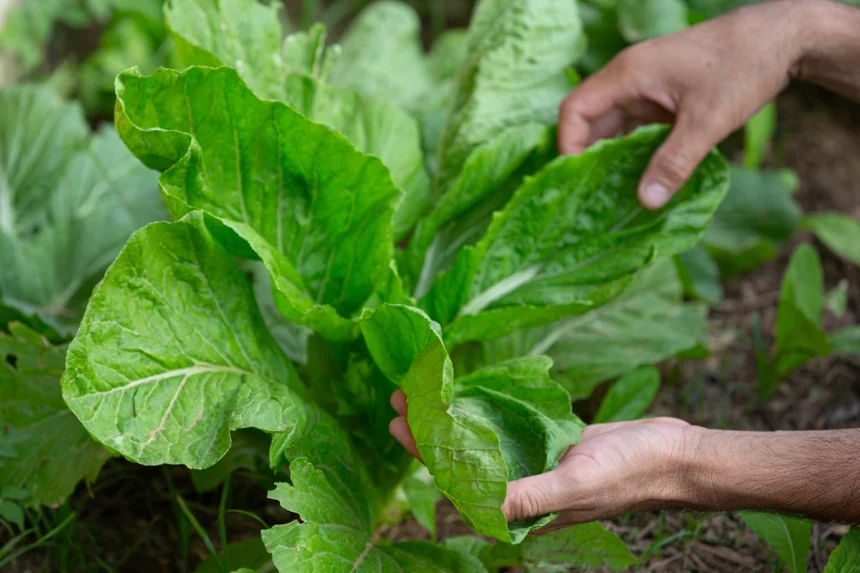Downy mildew is a common fungal disease that affects spinach plants. It thrives in cool, humid conditions, making spinach susceptible to infection, particularly during the spring and fall seasons. Here are some symptoms of downy mildew to look out for in spinach:
- Yellowing and chlorosis: Infected spinach leaves may exhibit yellowing or lightening of the leaf color. The yellowing typically starts between the veins and spreads outward, leading to a general chlorotic appearance.
- Downy growth on the underside of leaves: A key characteristic of downy mildew is the presence of a grayish-purple to dark purple fuzz or downy growth on the underside of infected leaves. This downy growth consists of the fungal spores.
- Leaf curling and distortion: Leaves infected with downy mildew may become distorted, with curling or cupping along the edges. The affected leaves can have a crinkled or puckered appearance.
- Necrotic lesions: As the disease progresses, necrotic lesions may develop on the leaves. These lesions appear as brown or black spots that can eventually lead to the death of the affected tissue.
- Reduced vigor and stunted growth: Downy mildew can cause overall plant weakness and stunted growth. Infected spinach plants may not grow as vigorously as healthy plants and may exhibit smaller leaves.
It’s important to note that these symptoms can vary depending on the severity of the infection and the specific spinach variety. If you suspect downy mildew in your spinach crop, it’s best to consult with a local plant disease specialist or agricultural extension service for accurate diagnosis and appropriate treatment options.
Join 'Farmers Mag' WhatsApp Channel
Get the latest Farming news and tips delivered straight to your WhatsApp
CLICK HERE TO JOIN






